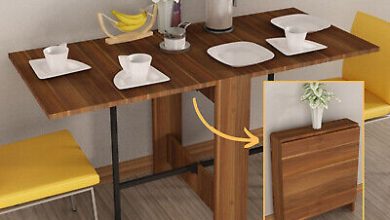Heard the term HVAC thrown around but not sure what it means? HVAC stands for Heating, Ventilation, and Air Conditioning – the unsung hero of indoor comfort. In this guide, we’ll break down the basics of what HVAC is and how it works in a way that anyone can understand.
Understanding HVAC
HVAC stands for Heating, Ventilation, and Air Conditioning. It’s a system designed to control the temperature, humidity, and air quality in a building or space. Whether you’re at home, in the office, or at your favorite shopping mall, chances are, there’s an HVAC system quietly doing its job to keep you comfortable.
Heating:
When the cold winter chill sets in, the heating component of HVAC comes into play. Most commonly, this is achieved through a furnace or a heat pump. The furnace burns fuel, like gas or oil, to generate warmth, while a heat pump extracts heat from the outside air and brings it inside.
Ventilation:
Ventilation is all about maintaining a constant flow of fresh air within space. This process involves removing stale air and replenishing it with clean, filtered air. An HVAC system achieves this through ductwork, fans, and vents. Proper ventilation not only ensures a comfortable atmosphere but also helps in reducing indoor air pollutants.
Air Conditioning:
In scorching summer heat, the air conditioning aspect of HVAC takes center stage. Air conditioners work by removing heat from the indoor air, cooling it down, and then circulating it back. This cooling process involves a refrigerant that cycles through the system, absorbing and releasing heat to maintain a pleasant indoor temperature.
Commercial HVAC Services
For larger spaces like office buildings, malls, or factories, commercial hvac services come into play. These services involve the installation, maintenance, and repair of HVAC systems tailored for industrial-scale needs.
Commercial HVAC professionals are equipped to handle the complexities of larger systems and ensure optimal performance.
Components of an HVAC System
An HVAC system consists of several key components working in harmony. The thermostat serves as the control center, allowing you to set and regulate the desired temperature. The furnace or heat pump provides the heating, while the air conditioner takes care of cooling.
Ductwork facilitates the movement of air, and filters ensure the air remains clean and free from particles.
How HVAC Systems Work Together
The synergy between heating, ventilation, and air conditioning is the secret sauce behind HVAC systems. The thermostat senses the temperature and sends signals to the respective components to kick in when needed.
For example, if the temperature drops, the heating system activates to restore warmth. This dynamic interaction ensures a consistent and comfortable environment.
Air Conditioning Repair
Just like any other machinery, HVAC systems may encounter issues over time. Air conditioning repair becomes crucial when your cooling system is not functioning efficiently. Common problems include refrigerant leaks, faulty compressors, or issues with the thermostat.
Hiring professionals for air conditioning repair ensures that your system gets back on track, keeping your space cool and comfortable.
Conclusion
In essence, HVAC is the silent guardian of our indoor comfort, working tirelessly to maintain the perfect temperature and air quality. Understanding the basics of heating, ventilation, and air conditioning helps us appreciate the role these systems play in our day-to-day lives.
Whether it’s a cozy home or a bustling office, HVAC is the backbone of comfort, ensuring that we stay warm in winter, cool in summer, and breathe easy all year round.





